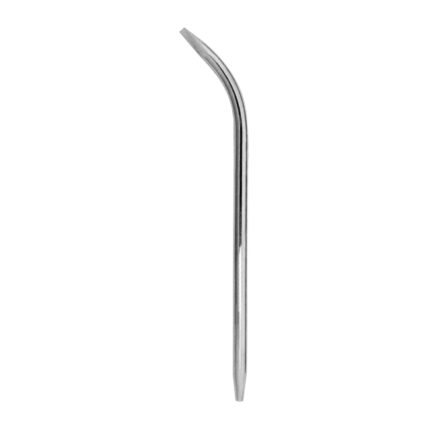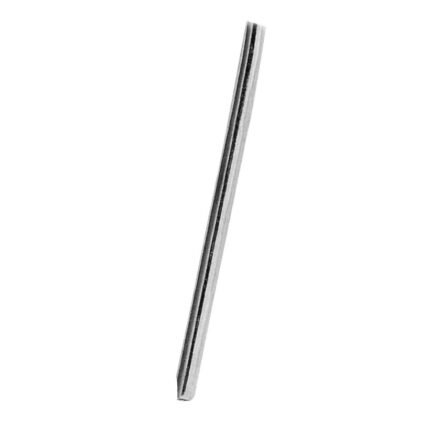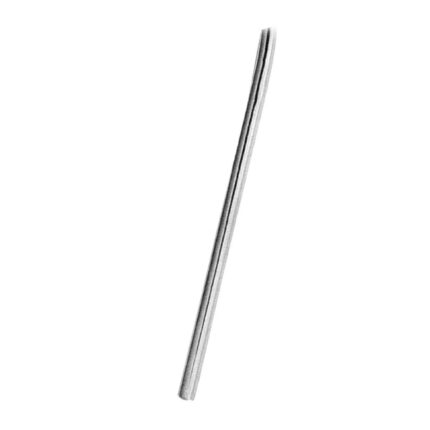Surgical saliva ejectors, also known simply as saliva ejectors or dental saliva ejectors, are small, flexible tubes used in dentistry and oral surgery to remove saliva, blood, and other fluids from the oral cavity during procedures. They play a crucial role in maintaining a dry operating field, enhancing visibility, and preventing contamination.
Here’s an overview of surgical saliva ejectors:
1. Design:
- Saliva ejectors typically consist of a flexible plastic tube with one end connected to a suction device, such as a dental suction unit or saliva ejector valve, and the other end designed to be inserted into the patient’s mouth.
- The tube often contains a series of small perforations along its length to facilitate the efficient removal of fluids while minimizing discomfort for the patient.
- Some saliva ejectors may have additional features, such as adjustable angles or specialized tips, to optimize fluid removal and accommodate different clinical scenarios.
2. Function:
- During dental procedures, saliva ejectors are used to continuously aspirate saliva, blood, water, and other fluids from the oral cavity, preventing pooling and maintaining a clear surgical field.
- By removing fluids, saliva ejectors improve visibility for the dentist or surgeon, allowing for more precise and efficient treatment.
- Saliva ejectors also help to enhance patient comfort by reducing the need for frequent pauses to clear excess fluids manually.
3. Sterility and Safety:
- Saliva ejectors should be sterile or undergo appropriate sterilization procedures before use to prevent the transmission of infections between patients.
- Disposable saliva ejectors are commonly used in clinical settings to minimize the risk of cross-contamination.
- Proper handling and disposal practices are essential to maintain hygiene and prevent the spread of infectious pathogens.







